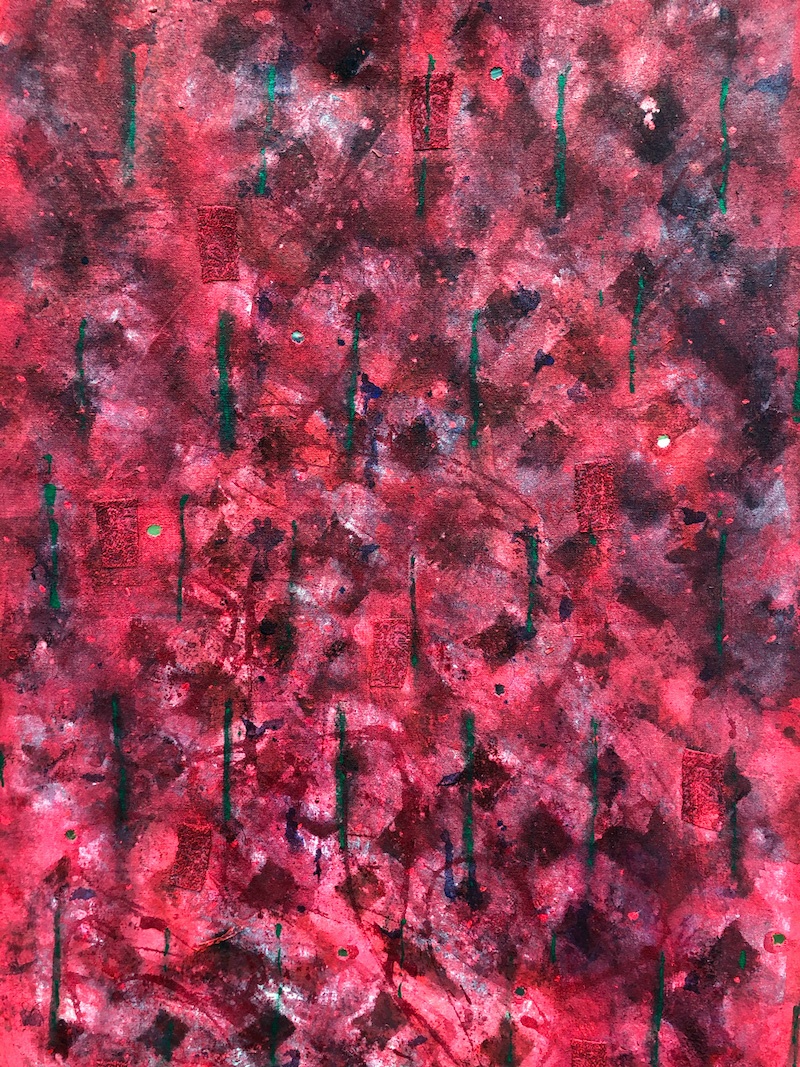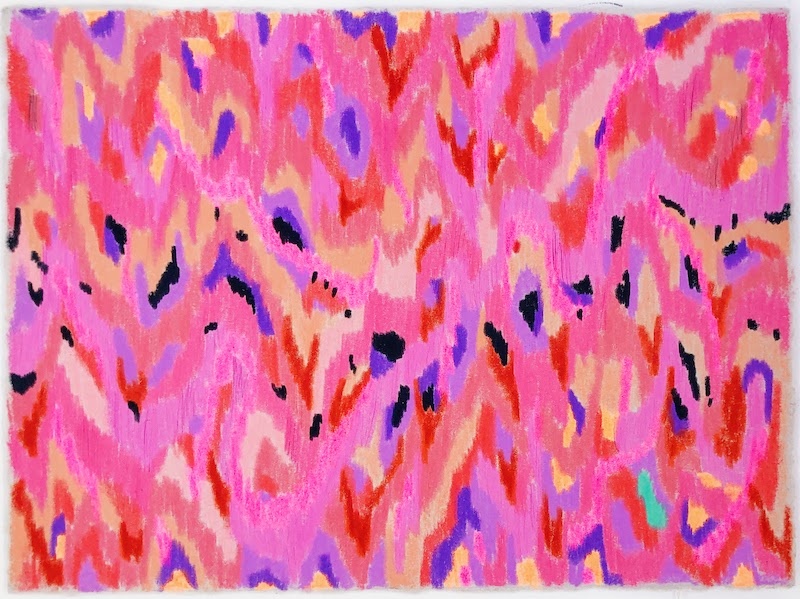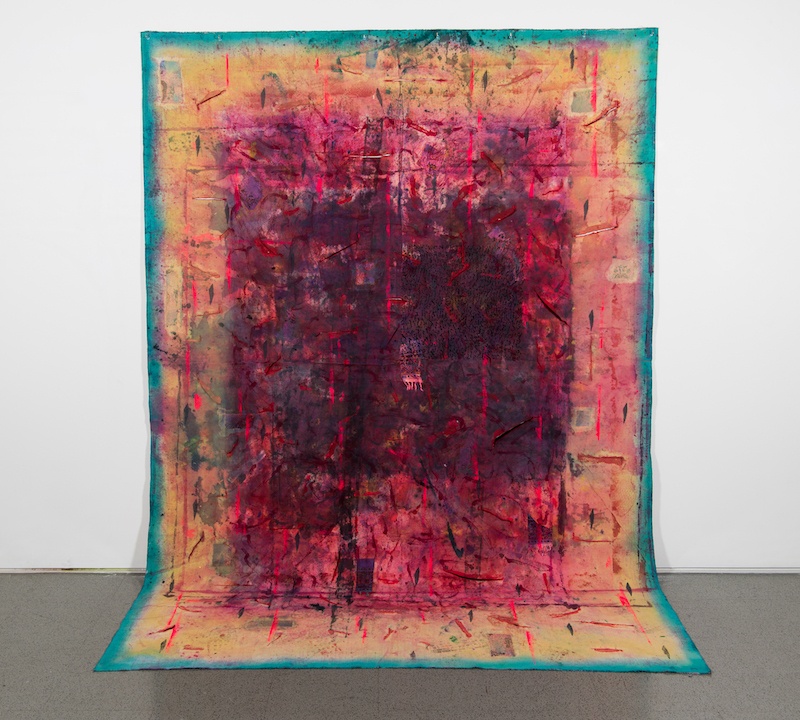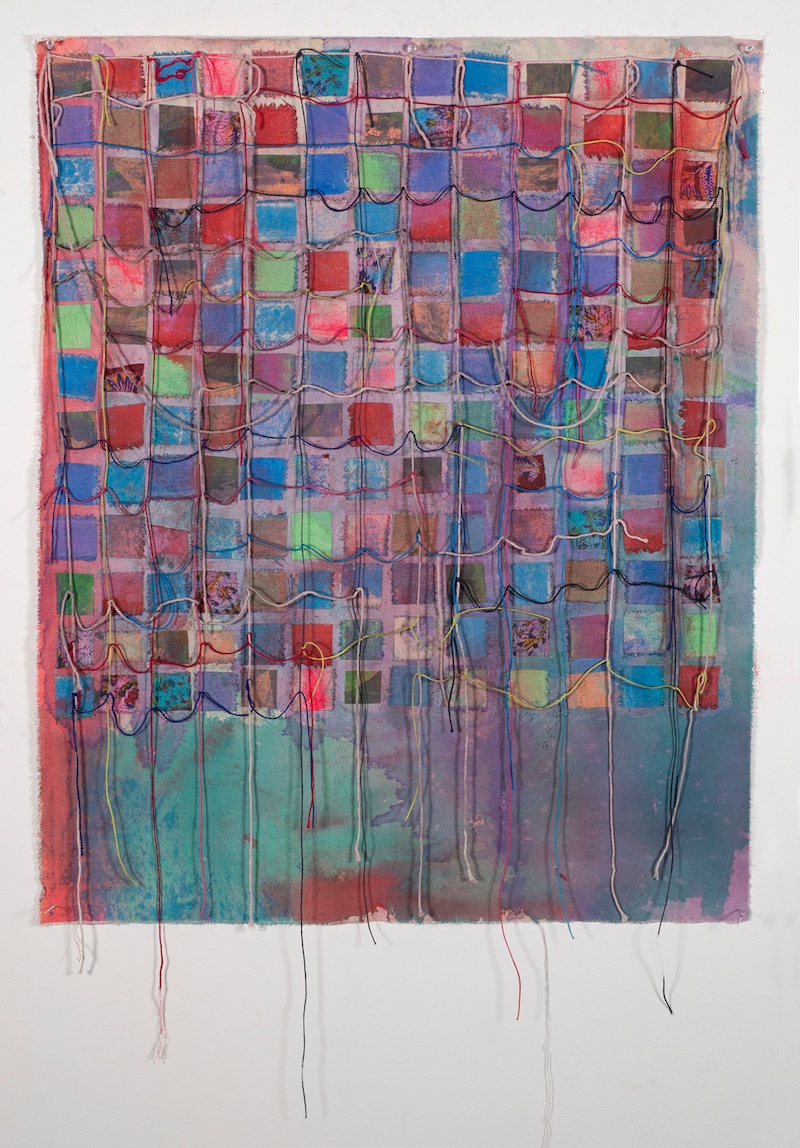Growing up, what drew you in to being a visual artist?
I always knew that I wanted to do something that interrupts normal life. When I was a kid, my solution was to be a witch when I grew up. It didn’t happen because there’s not enough education around being a magician or something like that. When I was a teenager I thought I was going to be a writer. But when I grew up, I actually became a visual artist. Because in Iran, you can go to art high school. The major in visual arts I liked was graphic design. So I started studying graphic design. And it started from there. I studied all principles of visual arts and graphic design. I always knew that I wanted to do something that interrupts normal life. I learned that I really feel comfortable with visuals.
When I went to college in Iran I got a degree in graphic design and right after got a job working as a graphic designer. After the first few months of working as graphic designer, I realized it was not what I want to do for my whole life. I needed to be more creative and not have people just telling me what to. That’s when I decided I wanted to be a painter. So I went to college for painting. Going to school and college was my only solution for any problem that I had. So I went to college again, and got a 2nd BFA in painting while working as a graphic designer for my day job. I realized I needed more studies so I began a master’s in painting in Iran, but I didn’t finish it because I didn’t like this school at all. That’s when I moved to the states to pursue my MFA at the University of Arkansas.
XIV, Zia Rajabi
Talk a bit more about your shift from graphic design into painting.
I still love design. Sometimes I think I love design even more than painting. Playing with all those principles means more in design than in painting. Painting for me is something which doesn’t necessarily follow as specific a set of rules. The reason that I decided to study painting was within the first month working as a graphic designer with my boss. We were working on a project and she insisted on changes for the design that I knew weren’t good design decisions. When I told her we shouldn’t make those changes she insisted that we should and then told me that I was getting paid to do what she asks. And I realized she was right, that she’s paying me to do what she wants and maybe I should do what she wants for her and find the joy that I’m seeking in art somewhere else. That situation really pushed me towards painting, because no one can tell me what to paint or what not to paint. I can do whatever I want. You can say that it is a not good painting, or it’s a bad painting. But you cannot tell me not to paint this way or that way.
And you had a large installation of Crystal Bridges Museum of American Art. Tell me a little bit more about how that installation began and what it was like to have an installation that you put up in a major art institution?
That was a very unique opportunity. It was an installation that I’ve been thinking about for a long time, that I’d written proposals about and sent around to institutions to see if I would be able to do the project. It’s not something that I as an independent artist can do in my own studio. It needed a larger space and monetary support.
Holy Floral Fire, Ziba Rajabi
What was it like to have public interactions with this installation?
It was a whole new experience for me and for the viewers as well. It was challenging. But I really enjoyed talking with people. A lot of people were really interested, which was encouraging for me. People would say how impacted by the colors they were, or how they were impacted by the way it was installed.
I say “challenging” first. though, because I’m not a very outgoing person. I was also a bit concerned about how people would react to me being present there since I’m a brown female foreign artist. When they saw I was from Iran, they would come back with a lot of questions not about art, but would simply state their political views about what’s happening or the country’s relationship to the United States. Overall people were more interested in where I was from than in the work itself. That was hard to digest and sometimes the questions made me uncomfortable.
How do you find focus in our current landscape?
I’m really distracted. Sometimes I find myself scrolling social media for no reason, but I can’t control myself. I realized that when I’m overwhelmed, I scroll. When I get bored of that, that’s the time that I can start working. I usually kill the time in the morning drinking my coffee, scrolling social media, and interacting with people there. After an hour or so I get bored. That’s the time I start focusing on my work. With everything that is happening around us, making art is my solution to stay sane and grounded. It works as a therapy for me. If I get really anxious, I create to feel better about myself.
Toranj, Ziba Rajabi
What’s really inspiring to you right now? What are what are the things that are drawing you into your visual art?
I’m getting back to my roots more and more these days. In grad school I was distracted with grad school requirements, and the fact that you need to learn how to talk about art, not really how to make art. That was a huge distraction and really stressful. Now that I don’t have those requirements anymore I’m thinking about what has always been visually interesting to me and things that have always inspired me. I’m working more with Persian calligraphy and seeing its visual potential, seeing the calligraphy more like a picture than as a means of communication, the visual aspects of calligraphy, instead of what they mean or convey. I’m working on seeing them as a painting. I’m also working on large-scale paintings that are scaled up versions of my small drawings that I had before.
You recently go a job teaching at the Minneapolis College of Art and Design. How is that helping you as an artist?
We need to make money to be able to work and to be able to make art. I pursued an academic job because I thought being in that atmosphere with the students, with other artists, would help me grow. Seeing what the students are doing or helping them would help me out a lot. At the same time I have to study a lot to get ready to go to the classroom, so all the knowledge I’m learning to teach I can use in my own studio. I wanted to grow in my environment; being with the students, seeing how they grow, always helps me to stay active. I think that sense of being in a community of artists always helps me to stay motivated in my studio.
The new position that I got at the Minneapolis College of Art and Design comes with a lot of opportunities, too. There’s exhibition opportunity. I will have studio space. Also, having a show scheduled for a year from now keeps me on track to keep making art for a certain deadline. Having a deadline is always a positive. I’ve also heard that Minneapolis has a very active art scene and I’m excited to go there and see what that looks like.
About Being, Ziba Rajabi
What’s inspiring you the most right now?
Working with Persian calligraphy and language as a visual element, how letters and words are standing in the hierarchy of images and visuals. They’re not on the top of the hierarchy, they’re used more as secondhand images…I’m thinking about that. And, also, where I’m standing in society right now, my social status as a non-permanent resident, and the hierarchy there. I think the relationship between the two are interesting to explore and to see how that works.
Also, it may sound funny, but I just bought an airbrush. It’s a new tool that gives me a lot of opportunities. It’s a new thing. It’s a change in the way I see materials and techniques. I see how using an airbrush and its history in images can help me create art that makes more sense to me.
Ziba Rajabi Recommends:
Fresh Piece of Poetry: I enjoy reading poetry and always look for contemporary poets and unique pieces. When I want to read something new and refreshing, I go to the Newfound website, a nonprofit publisher, buy an e-book of poetry online, and start reading it right away. It happens a lot that after reading it, I also order the paper copy. Poetry hones my soul.
Persian Jazz Fusion: Persian Jazz Fusion has become my favorite genre of music in the past few years. If you want to try it, start with Persian Side of Jazz, Vol. 2 by Mahan Mirarab, and Derakht by Golnar & Mahan. Then, listen to Aida Shahghasemi, Rana Farhan, and Gelareh Pour. From here, you will find the next step.
Less scrolling: I begin doing more real things when I put that bright screen away. I highly recommend it.
House Plants: The act of giving care and, in return, observing it grows and turns into a beautiful being is exceptionally satisfying.
Herbal Tea: Drinking herbal tea was a forever favorite. I used to make it with dried herbs, as I learned from my grandmother. Recently, we could find some of the plants in a local nursery, such as lemon verbena, lavender, and hyssop. Adding a fresh ingredient to an older recipe has stepped the herbal tea game up for me!
This content originally appeared on The Creative Independent and was authored by Katy Henriksen.
Katy Henriksen | Radio Free (2022-11-04T07:00:00+00:00) Visual artist Ziba Rajabi on making sense of yourself through your work. Retrieved from https://www.radiofree.org/2022/11/04/visual-artist-ziba-rajabi-on-making-sense-of-yourself-through-your-work/
Please log in to upload a file.
There are no updates yet.
Click the Upload button above to add an update.



